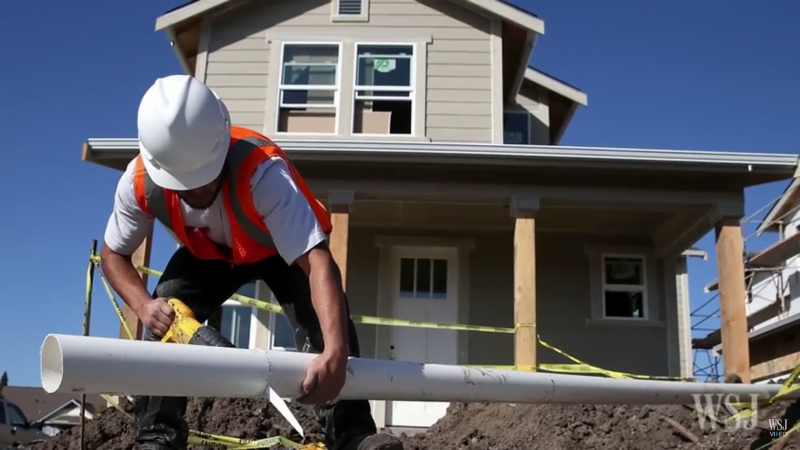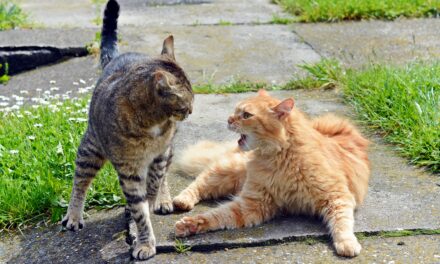In November 2018, the Camp Fire swept across Butte County, destroying 18,800 structures. This was the most destructive fire in California history, by far — the second-closest was 2017’s Tubbs fire, which destroyed 5,600 structures, according to CalFire.
Why did so many homes and other buildings perish in the Camp Fire? And how can residents prevent a similar catastrophe?
In the case of wildfire safety, newer is always better, as the majority of homes destroyed were older homes built with non-fire-resistant materials and methods.
Of all the homes in the path of the fire, 60% of the single family residences (SFRs) built after the 2008 building codes went into effect survived with minor or no damage, compared to just 21% of the SFRs built prior to the 2008 change. If all the homes in the path of the fire had been built post-2008, thousands of homes would have been spared. In fact, just 3% of the homes in the vicinity had been built since 2008, according to the Sacramento Bee.
Research by the Sacramento Bee shows that newer mobilehomes did not fare as well as new SFRs, despite being built to stricter codes than their older counterparts. The difference? While spacious yards separated the SFRs in the path of the Camp Fire, mobilehomes were typically packed tightly into mobilehome parks — like matchsticks.
In other words, a new mobilehome’s fire safety features make little difference if it’s surrounded by kindling. Further, many of the newly-built SFRs that suffered damage or destruction in the fires were surrounded by older homes, which caused them to be overwhelmed with smoke and embers.
These figures tell us that wildfire safety is a community effort. Buying a new home will help you avoid danger, but its chances of survival improve significantly when neighbors take part in making their own homes and properties safe.
Fire safety tips for all homes
With the large and highly publicized impact of the Camp Fire and other big wildfires in recent years, homebuyers are more aware of the importance of fire safety now than ever. They want to know if their potential new home is located in a fire hazard zone, information that is disclosed in the Natural Hazard Disclosure (NHD). [See RPI Form 314]
Homebuyers also want to be assured that the seller has taken concrete steps to safeguard the property from wildfires.
Related article:
While newer homes are proven safer due to the updated building codes, not every homebuyer can buy a newer home. But they can make fire safety improvements. For example, whenever the structure needs regular maintenance, homeowners can gradually replace parts of the building with fire-safe materials. Read more about these types of physical improvements here.
Beyond the home’s structure, all homeowners can take steps to protect their home (and, by extension, neighboring homes). Regardless of the year it was built, homeowners can follow a few simple landscape directives to reduce their home’s chances of being destroyed in a wildfire, including:
- trimming and cutting down unsafe or clustering trees;
- trimming shrubs to a maximum height of 18 inches;
- removing any vegetation within three feet of the home;
- clearing out leaf or tree debris from the yard;
- cleaning gutters and debris from the roof;
- moving wood piles away from structures; and
- replacing grass or vegetation near the house or other structures with gravel.
Planning a home’s landscape to protect the structure from wildfires is part of creating defensible space zones. Properties located in very high fire hazard severity zones require at least 100 feet of defensible space surrounding the home or structure. [Calif. Government Code §51182(a)(1)]
Read more about creating these natural fire buffers here.
Likewise, agents showing homes to buyers in fire-prone areas can keep an eye out for these hazards that increase the chance of wildfire damage, such as:
- tall grass and weeds;
- dead or dry leaves, pine needles and tree branches;
- vegetation beneath decks and porches;
- tree limbs within ten feet of the chimney;
- shrubs within a few feet of the home; and
- trees clustered within ten feet of each other on or near the property.
Buyers and sellers who need help paying for fire safety improvements may find assistance from 2019’s Wildfire Safety Finance Act, which provides public financing to install permanent wildfire safety improvements.
Related article:














